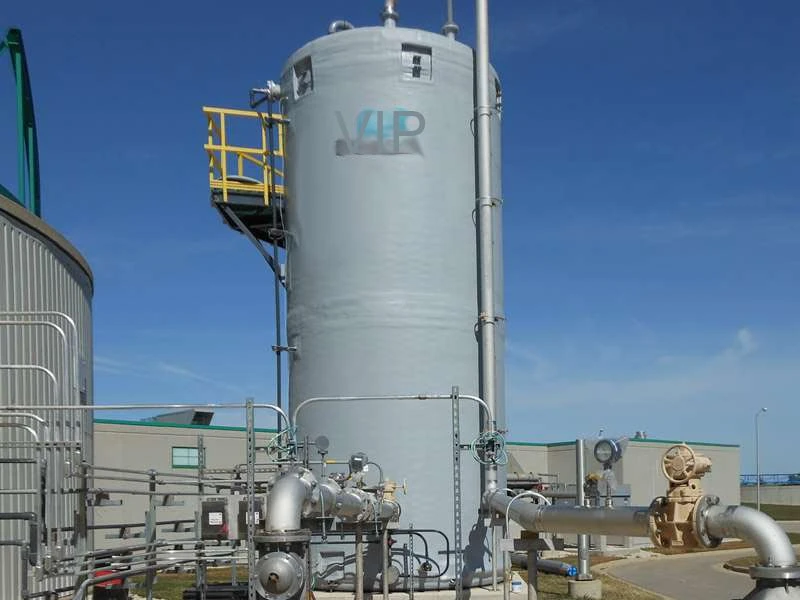
-
 Afrikaans
Afrikaans -
 Albanian
Albanian -
 Amharic
Amharic -
 Arabic
Arabic -
 Armenian
Armenian -
 Azerbaijani
Azerbaijani -
 Basque
Basque -
 Belarusian
Belarusian -
 Bengali
Bengali -
 Bosnian
Bosnian -
 Bulgarian
Bulgarian -
 Catalan
Catalan -
 Cebuano
Cebuano -
 China
China -
 China (Taiwan)
China (Taiwan) -
 Corsican
Corsican -
 Croatian
Croatian -
 Czech
Czech -
 Danish
Danish -
 Dutch
Dutch -
 English
English -
 Esperanto
Esperanto -
 Estonian
Estonian -
 Finnish
Finnish -
 French
French -
 Frisian
Frisian -
 Galician
Galician -
 Georgian
Georgian -
 German
German -
 Greek
Greek -
 Gujarati
Gujarati -
 Haitian Creole
Haitian Creole -
 hausa
hausa -
 hawaiian
hawaiian -
 Hebrew
Hebrew -
 Hindi
Hindi -
 Miao
Miao -
 Hungarian
Hungarian -
 Icelandic
Icelandic -
 igbo
igbo -
 Indonesian
Indonesian -
 irish
irish -
 Italian
Italian -
 Japanese
Japanese -
 Javanese
Javanese -
 Kannada
Kannada -
 kazakh
kazakh -
 Khmer
Khmer -
 Rwandese
Rwandese -
 Korean
Korean -
 Kurdish
Kurdish -
 Kyrgyz
Kyrgyz -
 Lao
Lao -
 Latin
Latin -
 Latvian
Latvian -
 Lithuanian
Lithuanian -
 Luxembourgish
Luxembourgish -
 Macedonian
Macedonian -
 Malgashi
Malgashi -
 Malay
Malay -
 Malayalam
Malayalam -
 Maltese
Maltese -
 Maori
Maori -
 Marathi
Marathi -
 Mongolian
Mongolian -
 Myanmar
Myanmar -
 Nepali
Nepali -
 Norwegian
Norwegian -
 Norwegian
Norwegian -
 Occitan
Occitan -
 Pashto
Pashto -
 Persian
Persian -
 Polish
Polish -
 Portuguese
Portuguese -
 Punjabi
Punjabi -
 Romanian
Romanian -
 Russian
Russian -
 Samoan
Samoan -
 Scottish Gaelic
Scottish Gaelic -
 Serbian
Serbian -
 Sesotho
Sesotho -
 Shona
Shona -
 Sindhi
Sindhi -
 Sinhala
Sinhala -
 Slovak
Slovak -
 Slovenian
Slovenian -
 Somali
Somali -
 Spanish
Spanish -
 Sundanese
Sundanese -
 Swahili
Swahili -
 Swedish
Swedish -
 Tagalog
Tagalog -
 Tajik
Tajik -
 Tamil
Tamil -
 Tatar
Tatar -
 Telugu
Telugu -
 Thai
Thai -
 Turkish
Turkish -
 Turkmen
Turkmen -
 Ukrainian
Ukrainian -
 Urdu
Urdu -
 Uighur
Uighur -
 Uzbek
Uzbek -
 Vietnamese
Vietnamese -
 Welsh
Welsh -
 Bantu
Bantu -
 Yiddish
Yiddish -
 Yoruba
Yoruba -
 Zulu
Zulu
grp chimney
Understanding GRP Chimneys Benefits, Applications, and Future Prospects
In the realm of construction and architectural design, the materials chosen for various structures play a crucial role in their longevity, efficiency, and environmental impact. One material that has gained popularity in recent years is Glass Reinforced Plastic (GRP), especially when it comes to chimney construction. This article explores the benefits of GRP chimneys, their applications, and potential future developments in this innovative field.
What is GRP?
Glass Reinforced Plastic (GRP), also known as fiberglass, is a composite material made from a polymer matrix reinforced with glass fibers. This combination provides the structural integrity of traditional materials while offering enhancements in weight, corrosion resistance, and thermal insulation. GRP is increasingly being utilized in various areas of construction, and its application in chimney systems is one of the most significant advancements.
Advantages of GRP Chimneys
1. Corrosion Resistance One of the primary benefits of GRP chimneys is their exceptional resistance to corrosion. Traditional metal or concrete chimneys can deteriorate over time due to exposure to flue gases, moisture, and environmental factors. In contrast, GRP does not rust or corrode, making it an ideal choice for industrial, commercial, and residential buildings.
2. Lightweight Compared to traditional chimney materials, GRP is considerably lighter. This characteristic simplifies the installation process, reduces the structural load on buildings, and leads to cost savings during both construction and maintenance.
3. Thermal Insulation GRP provides excellent thermal insulation, which helps to maintain high temperatures within the flue. This efficiency reduces energy consumption and enhances the overall effectiveness of heating systems.
4. Customizability GRP chimneys can be molded into various shapes and sizes, allowing for high levels of customization. Whether for aesthetic reasons or specific functional requirements, the versatility of GRP ensures that engineers and architects can design chimneys that fit their project specifications precisely.
grp chimney

5. Durability The lifespan of GRP chimneys far exceeds that of traditional materials. With proper installation and maintenance, these chimneys can last for decades, making them a cost-effective solution in the long run.
Applications of GRP Chimneys
GRP chimneys are suitable for a variety of applications. They are commonly used in industrial settings where high-efficiency exhaust systems are necessary, such as in power plants, chemical processing facilities, and manufacturing plants. They are also becoming increasingly popular in residential applications, particularly in modern eco-friendly homes where energy efficiency and sustainability are prioritized.
Additionally, GRP chimneys can be used in commercial buildings where architectural aesthetics and practicality need to coexist. Their lightweight nature and customizable designs make them ideal for such projects.
Future Developments
As technology continues to evolve, the future of GRP chimneys looks promising. Ongoing research is focused on enhancing the material properties and exploring additional applications. For instance, integrating smart technology into chimney systems could allow for real-time monitoring of emissions and operational efficiency.
Moreover, as construction practices shift towards sustainability, GRP’s low environmental impact and recyclability positions it as a favorable material for future building projects. The push for greener construction materials may lead to an increased demand for GRP chimneys in both new builds and renovations.
Conclusion
In conclusion, GRP chimneys represent a significant advancement in chimney technology, combining impressive strength, lightweight convenience, and excellent corrosion resistance. As industries and homeowners alike seek more efficient and sustainable solutions, the adoption of GRP chimneys is likely to grow. Looking ahead, the continued development and innovation in this field promise a bright future for the use of GRP in construction, ensuring that these structures meet the demands of modern architecture while contributing positively to the environment.









